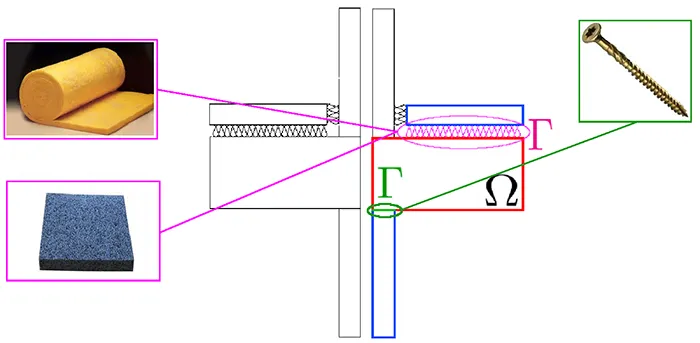- A new mortar formulation for modeling elastomer bedded structures with modal-analysis in 3D. Adv. Model. and Simul. in Eng. Sci., 2014 mehr…
Model order reduction
The combination of different model reduction techniques is very attractive for the numerical simulation of complex vibro-elastic structures. Dimension reducing mortar type techniques for higher order finite elements are used for the modeling of thin elastomeric structures. To enhance the performance, we develop a combination of tailored reduced basis methods and dimension reduction coupling conditions. Accurate approximations of eigenvalues and eigenmodes of complex structures are of key importance for the optimal design of timber constructions. A systematic study of the new coupling conditions as well as the reduced basis approach plays a central role. Classic mortar formulations emanate from a stiff bonding but model the effect of an elastomer insufficiently. However resolving the thin layer in a 3D structure, results in a large computational complexity. Thus, we introduce parameter dependent soft bonds in our new tearing and interconnecting concept and replace the volumetric layer by an interface. This leads to a regularized transmission condition. We test this new coupling strategy for thin walled structures and geometrically complex representative connections. Our new coupling conditions provide a robust and efficient way to reduce significantly the complexity and computational cost for highly anisotropic structures.
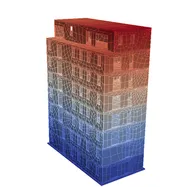
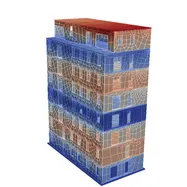
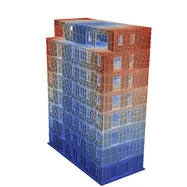
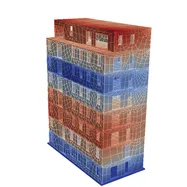
Another challenge is the simulation of large multi-storey buildings. To determine the influence of the elastomer properties and the sensitivity of building geometry on the spectrum, many calculations for different setups are required. The complexity for such fine-grain simulation can be drastically reduced if classical reduced basis methods are combined with domain decomposition ideas. Port and bubble modes can be associated with the different connection and wall types. Another challenge is the simulation of large multi-storey buildings. To determine the influence of the elastomer properties and the sensitivity of building geometry on the spectrum, many calculations for different setups are required. The complexity for such fine-grain simulation can be drastically reduced if classical reduced basis methods are combined with domain decomposition ideas. Port and bubble modes can be associated with the different connection and wall types.
